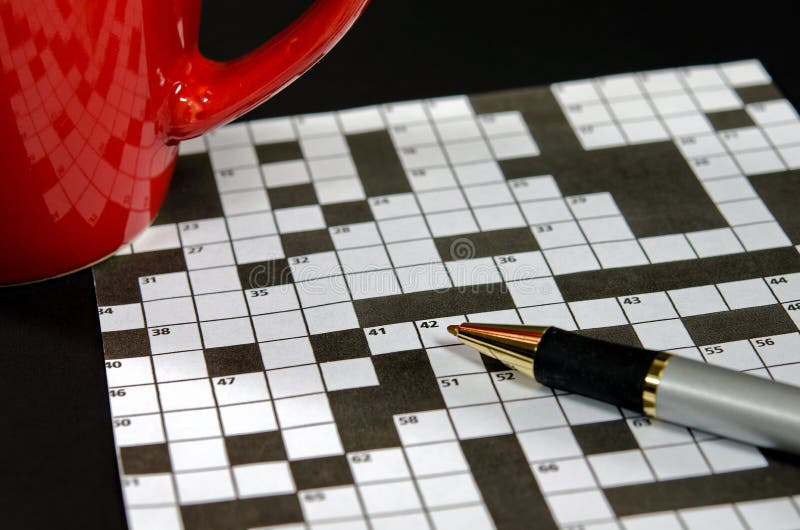
- CROSSWORDPUZZLES READWRITE THINK HOW TO
- CROSSWORDPUZZLES READWRITE THINK ARCHIVE
- CROSSWORDPUZZLES READWRITE THINK ANDROID
CROSSWORDPUZZLES READWRITE THINK HOW TO
The How to Solve The New York Times Crossword guide includes various ways to tackle a puzzle and includes 13 free Mini puzzles to help you learn each concept.The New York Times offers many resources to help Crossword players solve puzzles and get better at solving puzzles: Learn more about the types of games and puzzles you can play with a New York Times Games subscription.
CROSSWORDPUZZLES READWRITE THINK ANDROID
Please refer to The New York Times Crossword app for more information about playing the puzzle on the iOS or Android app. You can access the Daily Crossword in print by purchasing a Home Delivery subscription or by picking up a copy of The New York Times newspaper at your local newsstand.The Sunday Crossword puzzle is also printed in the Sunday Magazine.The daily (Monday through Friday) Crossword puzzles are also printed in the Arts section of the print edition of The New York Times.
CROSSWORDPUZZLES READWRITE THINK ARCHIVE
In Play, you can play The Daily Crossword and other games, or visit the Archive to view past Daily and Mini Crosswords and more. To play The Crossword in the New York Times Games app, select the Play tab from the bottom of the main screen. To play The New York Times Crossword on a web browser, navigate to /games on your preferred web browser and log in to your New York Times account. The New York Times Crossword Puzzle can be played at /games, on the The New York Times Crossword app (iOS and Android), and on The New York Times News app ( iOS and Android ). You can use their puzzles as formative assessments to evaluate their learning.Learn general tips for playing The New York Times Crossword Puzzle, including where to play, accessibility and web-based functionality, and how to get help with solving puzzles.

* Students can create their own crossword puzzles to demonstrate what they’ve learned about a topic. For example, you can use a word search puzzle or a crossword puzzle to help students learn about famous people, holidays around the world, scientific discoveries, math concepts, and types of literary genres. * You can use them to teach, develop, and review vocabulary about Social Studies, Science, and Math topics as well as Language Arts subjects. * Word search printable and digital formats are available likewise, crossword puzzles in printable and online versions are available. One crossword puzzle or word search puzzle may use the same core groups of words but have an easy version, an intermediate version, and a hard version so students with a range of abilities can do them and feel successful in solving them.

* They often have different levels of difficulty, which helps you meet the needs of all your students. * You can use them for many purposes: As a reward, as a filler if you finish a lesson early, as homework, and in centers as independent or small group work. * Students can do them on their own or with a partner, and you can even display them on an interactive whiteboard to do them as a whole class activity. When students do something fun, they are more engaged in learning and the learning lasts longer. * Students enjoy them because they are fun. What are the benefits of these 2 types of puzzles? There are several! Why Use Crossword Puzzles and Word Search Puzzles The other man was Pedro Ocón de Oro of Spain during the 1960s, he created numerous Sopa de Letras puzzles, which means Soup of Letters in English and has the same concept. He developed a word search using the names of Oklahoma streets as the words to find and published it in 1986. Gibit, was an American in Oklahoma he published a newspaper consisting of advertisements and wanted to include something different to keep his readers interested. Two men are generally given credit for inventing them. Word search puzzles are even more recent. It had a diamond shape but unlike modern crossword puzzles, it didn’t have blank black squares interspersed throughout the puzzle. There were clues to words and squares in which to write the letters of the answers. That’s when Arthur Wynne created and published what’s considered the first one in a New York newspaper. (Get it?!) Its exact purpose isn’t known but it’s been found throughout the Roman Empire on all kinds of buildings.Ĭrossword puzzles, on the other hand, weren’t invented until 1913. It can be read left to right, right to left, top to bottom, and bottom to top. Discovered in the ruins of Pompeii, it’s a palindrome of 5 letters in 5 lines.

Word games have been popular since at least Roman times, when something called the Sator Square was created.


 0 kommentar(er)
0 kommentar(er)
